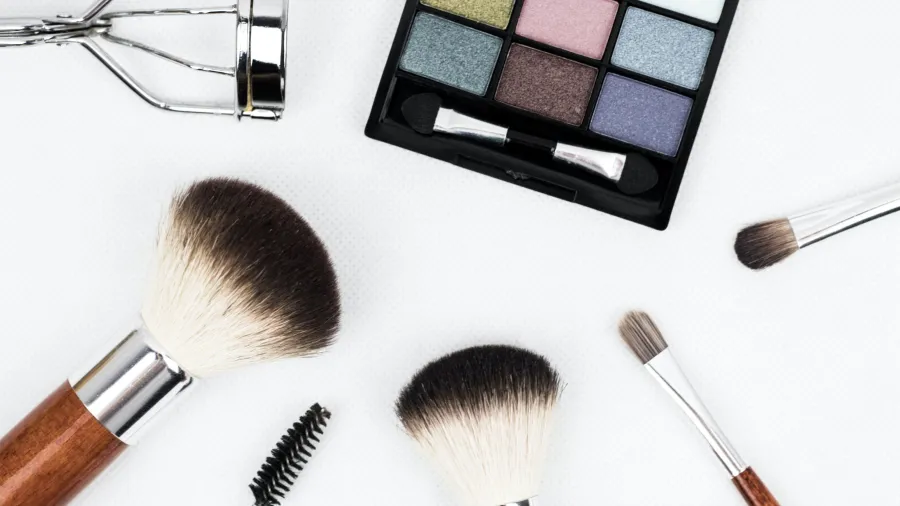
Trends that will shape China’s luxury market
China is becoming the world’s largest luxury good market by 2025.
China is slated to become the world’s largest luxury goods market by 2025 after it sustained its double-digit growth in 2021.
Moving forward, here are three key trends, identified by Bain & Company, that will have a stronger implication for personal luxury brands.
Hainan off-shore duty-free shopping
Hainan duty-free store sales rose by about 85% to RMB60b in 2021, contributing 5% of the overall growth of China’s luxury goods market. Of the total Hainan sales, about 95% of Hainan sales are personal luxury spending.
According to Bain & Co., unit prices in Hainan is lower by 30%-55% compared to the official prices of brands.
“This significant price gap also disrupted the luxury beauty market’s price system, contributing to slow growth in other channels,” the report read.
On top of this, retail shopping opportunities are expected to expand as more duty-free operators enter the island. This could lead to a “more intense” price competition.
Digitalisation
Luxury online penetration alone reached about 19% in 2021. Including the duty-free shopping, the total luxury online penetration in China reached 26%.
According to the report, the increases were seen in the online sales penetration, but varied widely across categories.
Luxury beauty online sales grew to 25% year-to-date, as of November 2021, from 20%; whilst leather goods grew to 12% in 2021 from 8%. The online penetration of jewelry approached 10%, whilst watches were steady at less than 5%.
“Digitalisation in China is high and increasing, and the trend has further accelerated due to the pandemic prompting even longer screen time,” Bain said.
“As a result, much of the marketing and consumer engagement activities have moved online, even as offline stores remain the primary channel for brand building and purchase conversion.”
Continued repatriation
The continued repatriation in 2021 contributed to over 90% of the Chinese global luxury purchases. This is up from the 70-75% peak seen in 2020 when travel restrictions were imposed due to the pandemic.
“Although an advantage for mainland China’s share of spending on personal luxury goods, travel disruptions reduced Chinese overseas purchases by about 30 billion euros in 2021, compared to 2019,” the report also read.
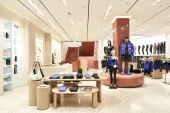


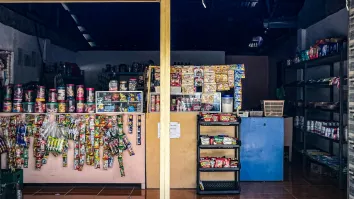


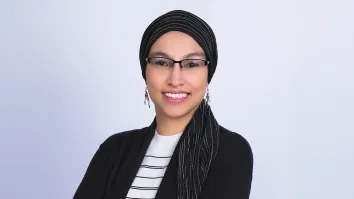


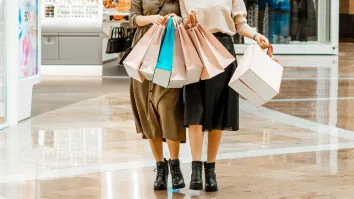
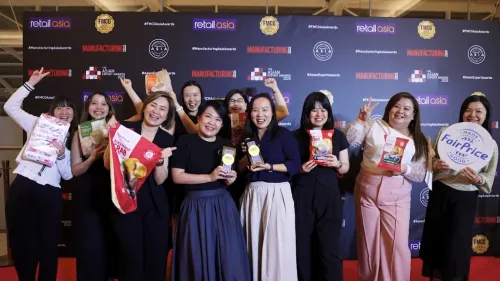
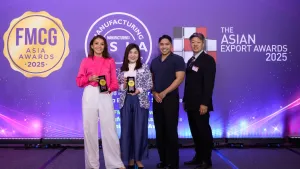
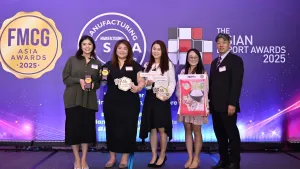
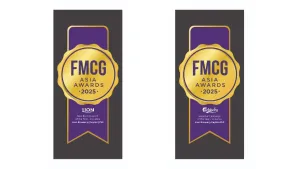





 Advertise
Advertise





